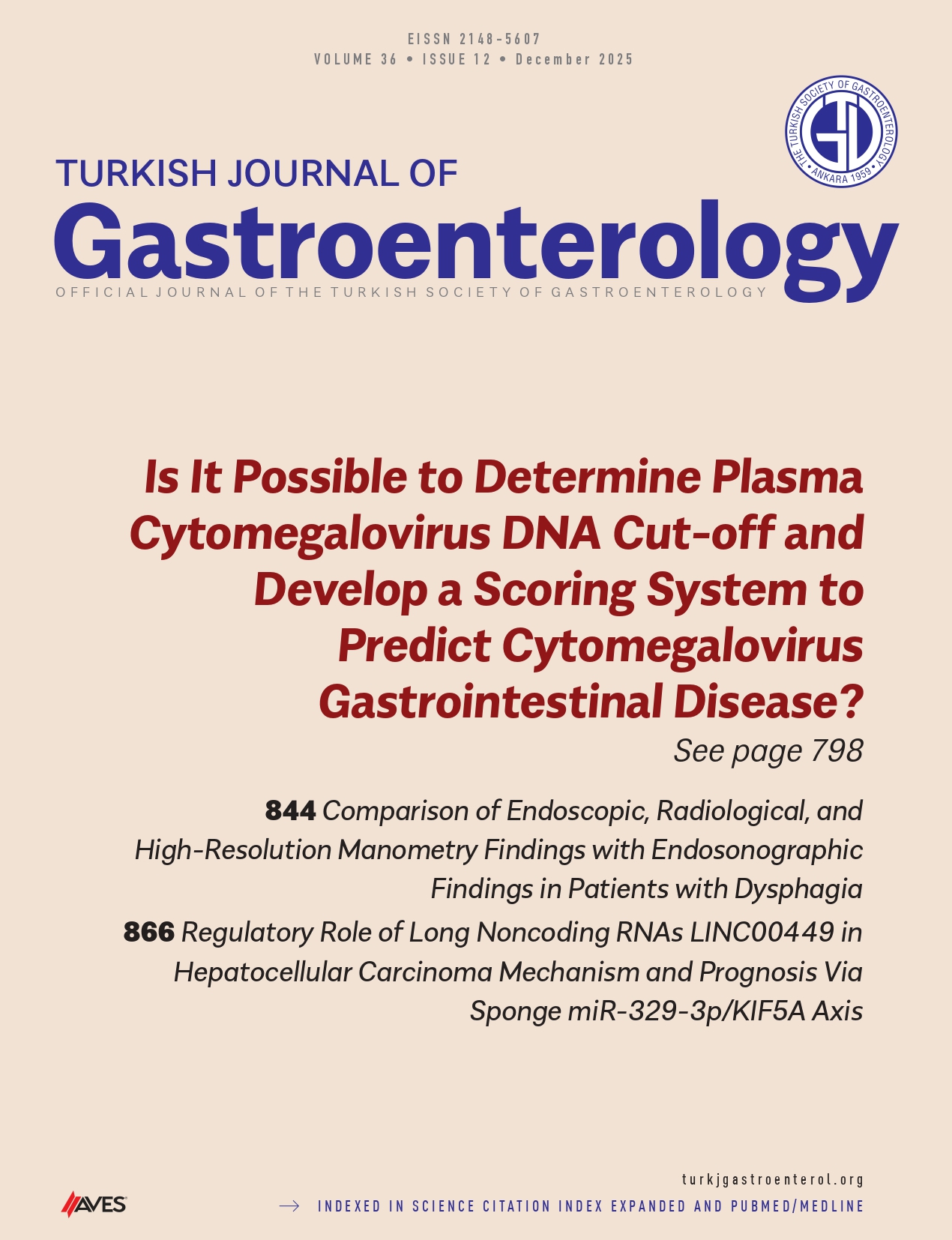Background/Aims: The importance of identifying the stage of liver fibrosis has motivated the development of non-invasive methods. This study aimed to evaluate the applicability of ultrasound analysis involving the wave-number domain attenuation coefficient (W-Ac) in the non-invasive quantitative differentiation of liver fibrosis.
Materials and Methods: This was a prospective study of inpatients with hepatitis B–related liver disease treated between October 2016 and January 2018. In ultrasound, the echo from the near-field liver tissue was selected as the reference signal. The W-Ac of liver tissues was based on the fast Fourier transform of the acquired post-beamforming radio frequency signals. These values were compared with fibrosis from biopsy METAVIR score results. A receiver operating characteristic (ROC) curve tested the W-Ac method.
Results: A total of 46 patients were enrolled, including 27 males and 19 females. Fibrosis was stage F0 in 12 patients, F1 in 13 patients, F2 in 10 patients, F3 in 7 patients, and F4 in 4 patients. W-Ac increased with the progression of liver fibrosis up to stage F3. There were differences between F0 and F4 stages (p<0.001) and between any 2 stages of fibrosis (p<0.05), except for stages F3 and F4. There was a significant correlation between W-Ac and METAVIR score (r=0.795, p<0.001). W-Ac differed between non-fibrosis (F0) and fibrosis (F1–F4) groups (p<0.001) and in the normal (F0), early fibrosis (F1–2), and late fibrosis groups (F3–4) (p<0.001). ROC area under the curve was 0.890, and at a cut-off of 0.12153, sensitivity was 0.706 and specificity was 0.830.
Conclusions: W-Ac allowed assessment of liver fibrosis in clinical practice.
Cite this article as: He D, Zhang C, Qiu W, Xie Q. Diagnosis of liver fibrosis in patients with hepatitis B–related liver disease using ultrasound with wave-number domain attenuation coefficient. Turk J Gastroenterol 2020; 31(12): 923-9.




.png)
.png)